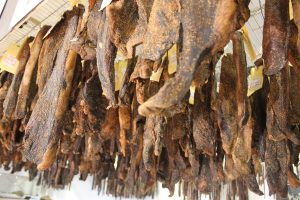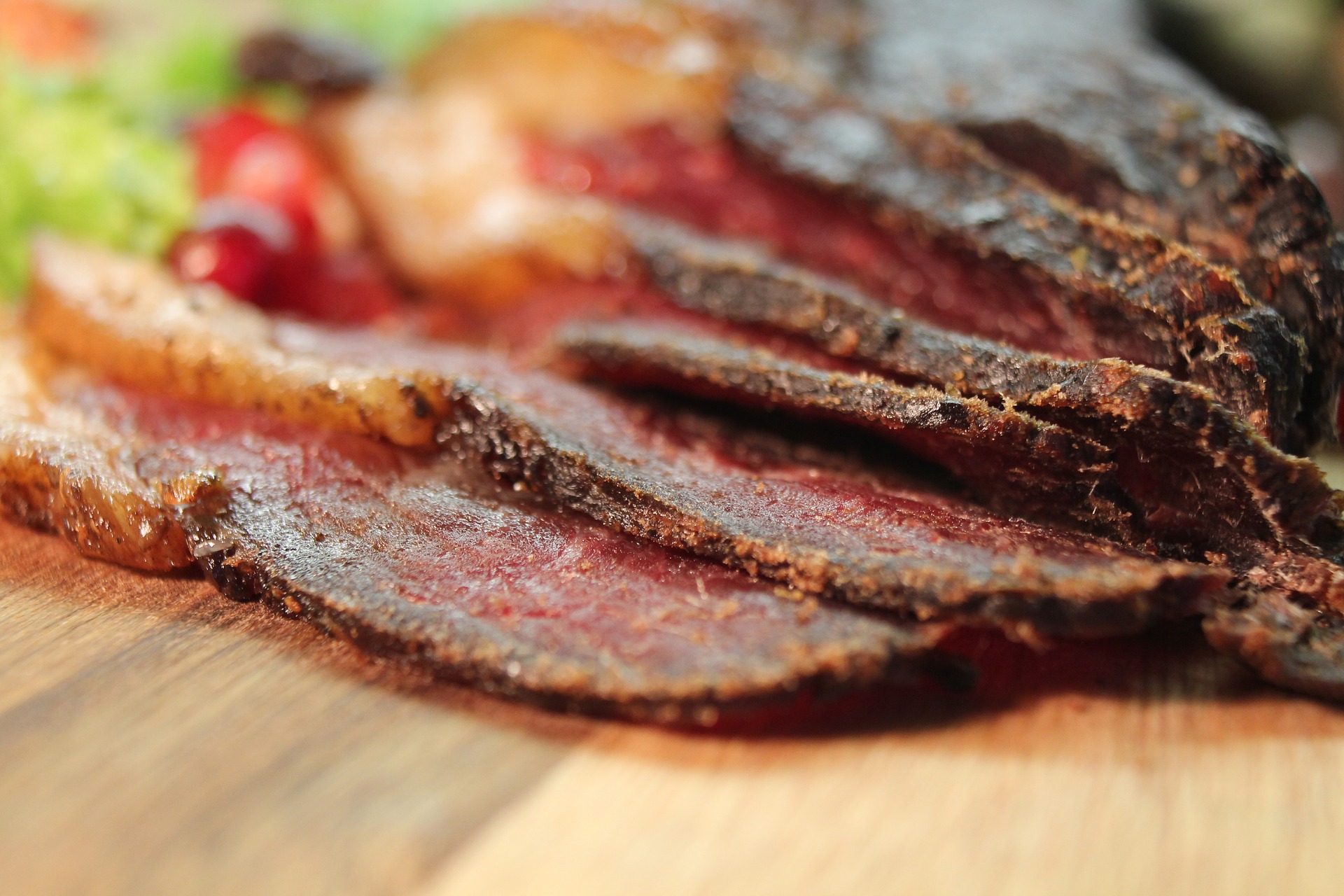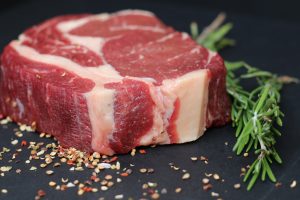Biltong is as South African as braaiing, but unlike braaiing, every South African does not yet know how to do it in their own home. Sure we understand the concept in general, and many of us have even tried once or twice, but getting it perfect can seem to be a lot trickier than it looks.
Here are a few tips for making sure your biltong comes out perfect every time.
Choose the right meat
While basically, any kind of meat can become biltong if you are making for friends and guests it’s best to stick to the classics like beef and wild game. Once you have decided on the meat, it’s time to choose the cut and as with any kind of food preparation the better the meat, the better the end result.
Fatty biltong can be delicious, but it is also much harder to get right through the drying process. In the end, you will probably want to balance quality with cost, which is why a cut like silverside is absolutely ideal. Sirloin is another favourite as it’s rich in taste, and nowhere near as expensive as some other parts.
Given that the majority of the weight of the meat you buy is in the moisture, you are going to lose a lot of weight during the drying process. As a result, you will probably want to buy two or three kilograms of meat if you are going to all this effort.
Cutting the meat

The first step is going to be cutting the meat. The thicker it is, the longer it will take to dry. If you are one of the millions who like their biltong still wet inside don’t be afraid to cut a thicker piece, but in general aim to make your pieces about a centimetre thick.
You will also want to cut away any extra gristle, tendon, or fat, to ensure the final product is as easy to eat as possible.
Preparing the meat

This is obviously the crucial step and it will make or break your future snack. You will need a dish in which to marinade and season your meat.
Add a layer of vinegar and seasoning spices to the bottom of the dish. Secondly, lie the meat flat in the dish, then add another equal layer of basting and seasoning on top.
Let the meat lie in this mixture for at least four hours before you start to dry them. Your meat needs time to absorb the spices and the vinegar and doing this for too short a time can mean your meat either comes out flavourless or has an increased chance of developing mould. Always cover the dish at this time as you don’t want flies coming in and contaminating your half-prepared biltong.
Here is a basic recipe, though you can always add things like Paprika for added burn, or other spices depending on your tastes.
- 2 kg meat
- 100ml brown sugar
- 30ml (2 tablespoons) of coarse salt
- 30ml (2 tablespoons) of ground black pepper
- 15ml (1 tablespoon) bicarbonate soda
- 125ml crushed coriander seeds
- 125 ml red wine vinegar
Drying

The final step is actually drying the meat. If you live in a hot, dry place it’s probably not necessary to control every aspect at this stage and you can probably just hang the meat up in a dry and drafty place, but if you live around rain, in a cold climate, or just want to speed things up a bit we suggest buying a biltong cabinet where a fan and a hot bulb can help things immensely. Again, you need to ensure wherever you hang it, the meat is safe from flies, there’s nothing like expecting a nice bit of biltong and finding it has been infested with maggots.
Drying time is totally variable depending on the weather and on your personal preferences, but usually, it will take between about two and ten days to complete.



